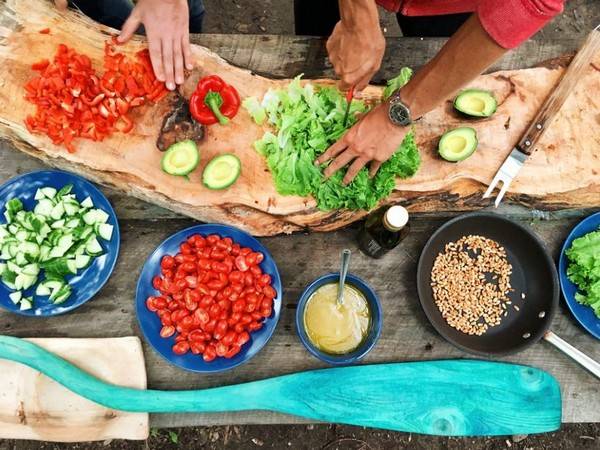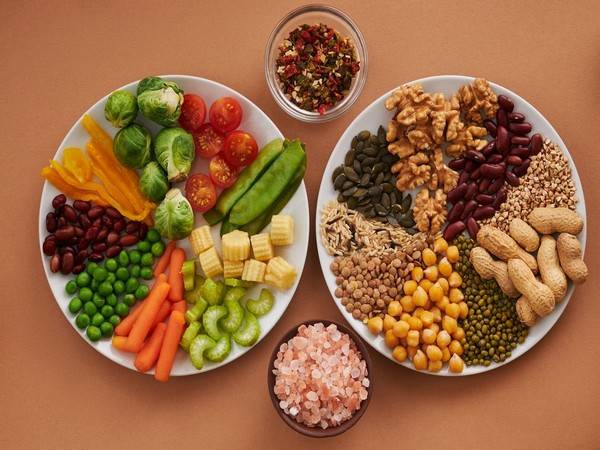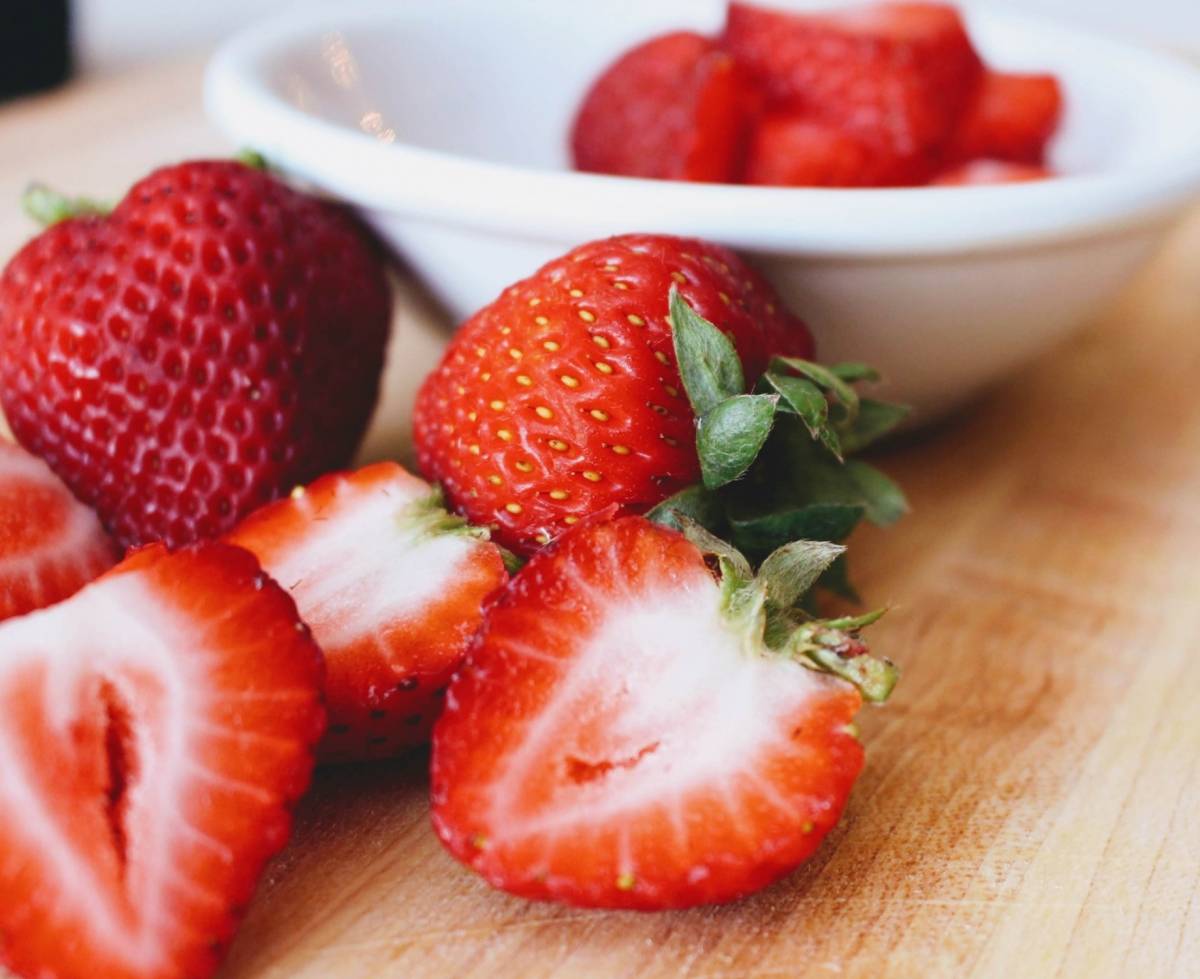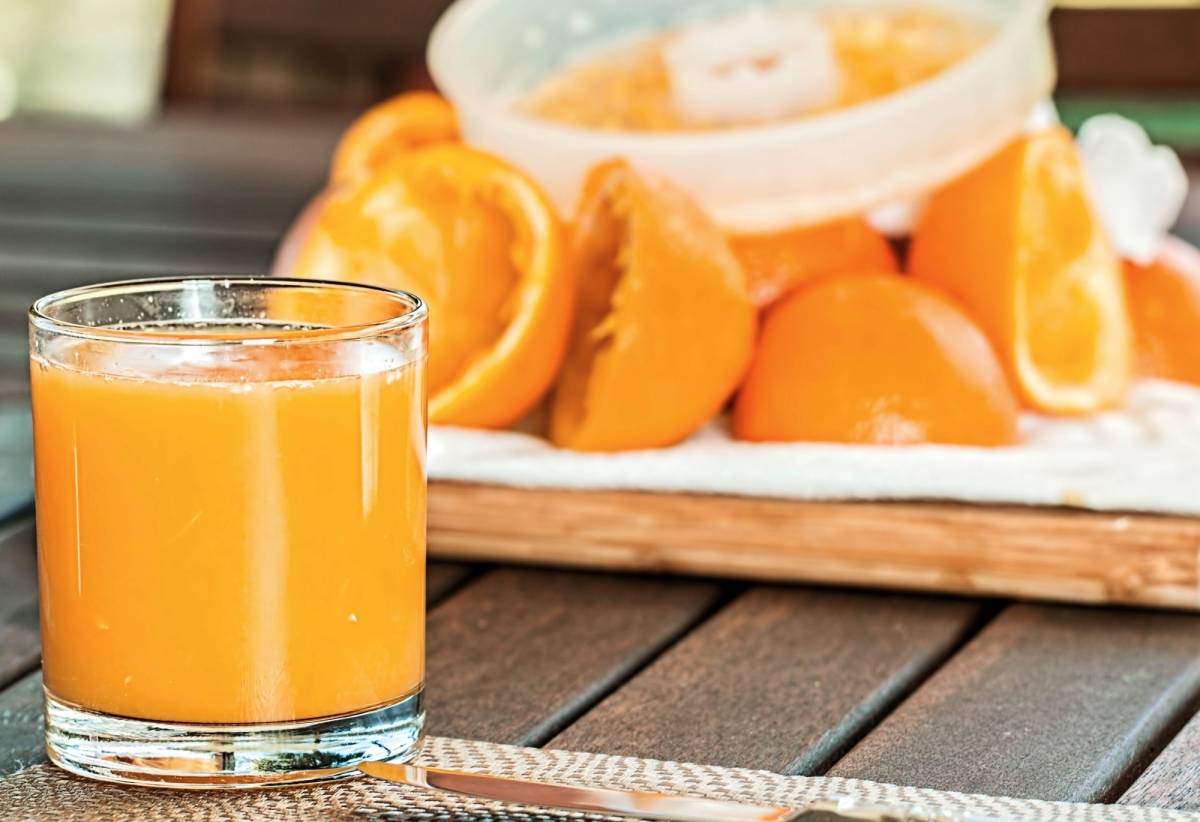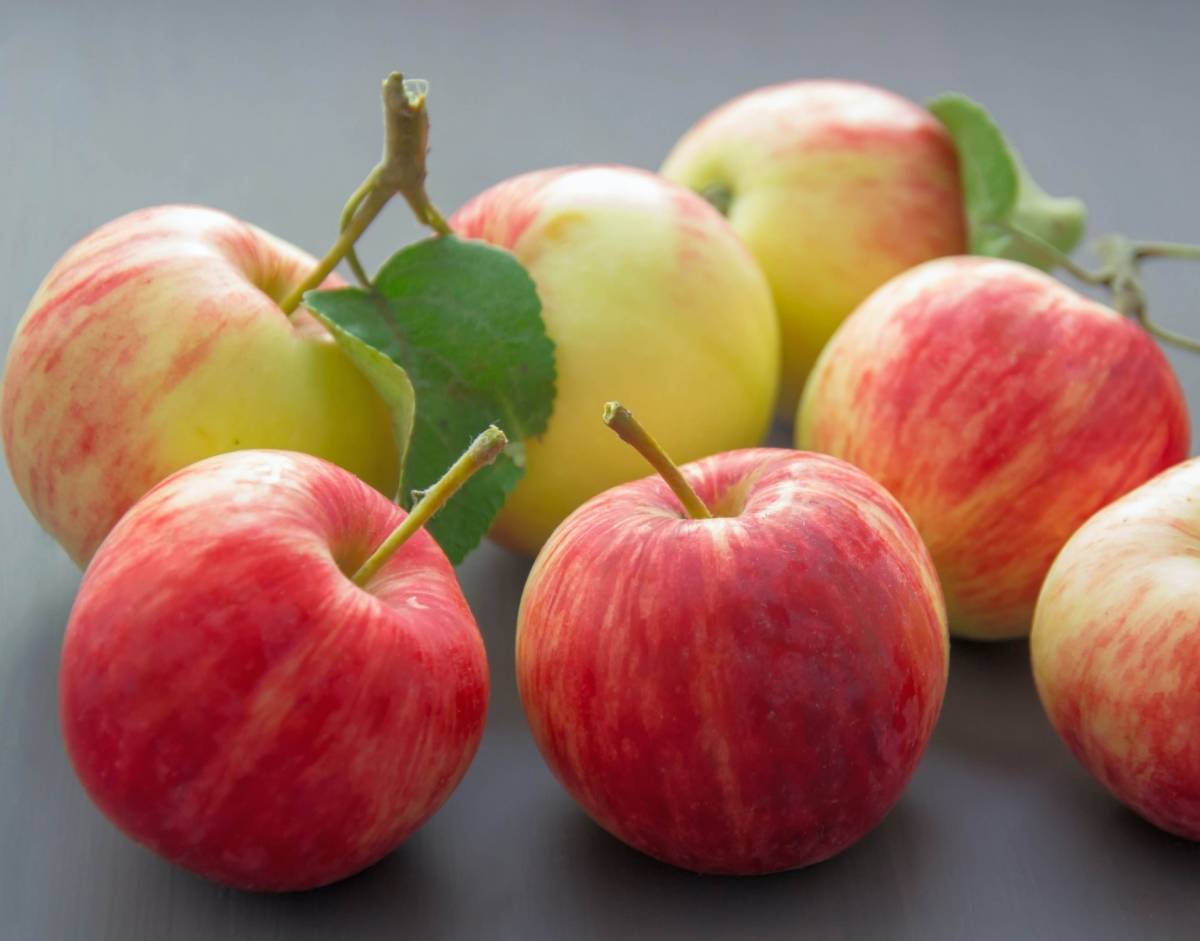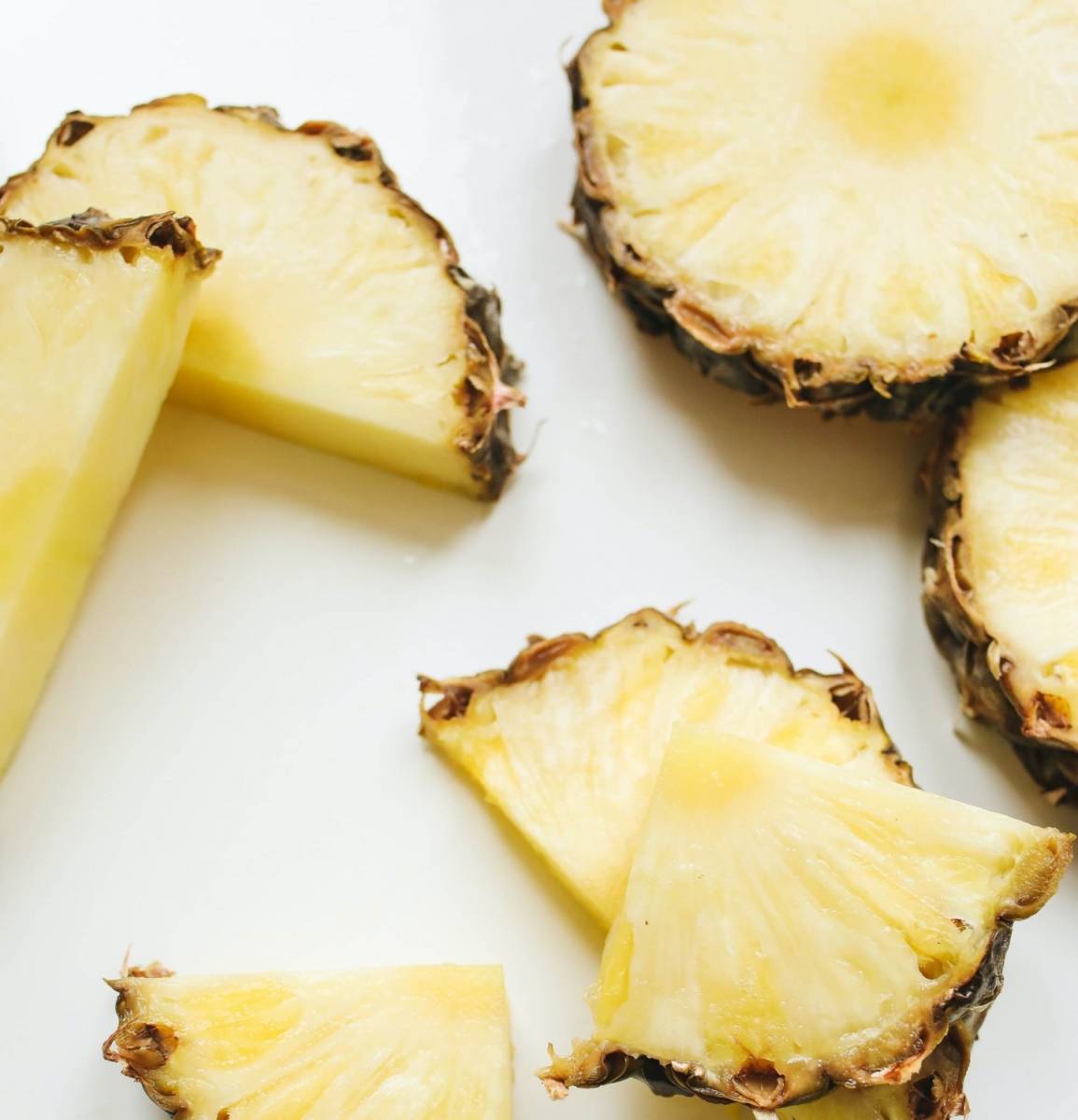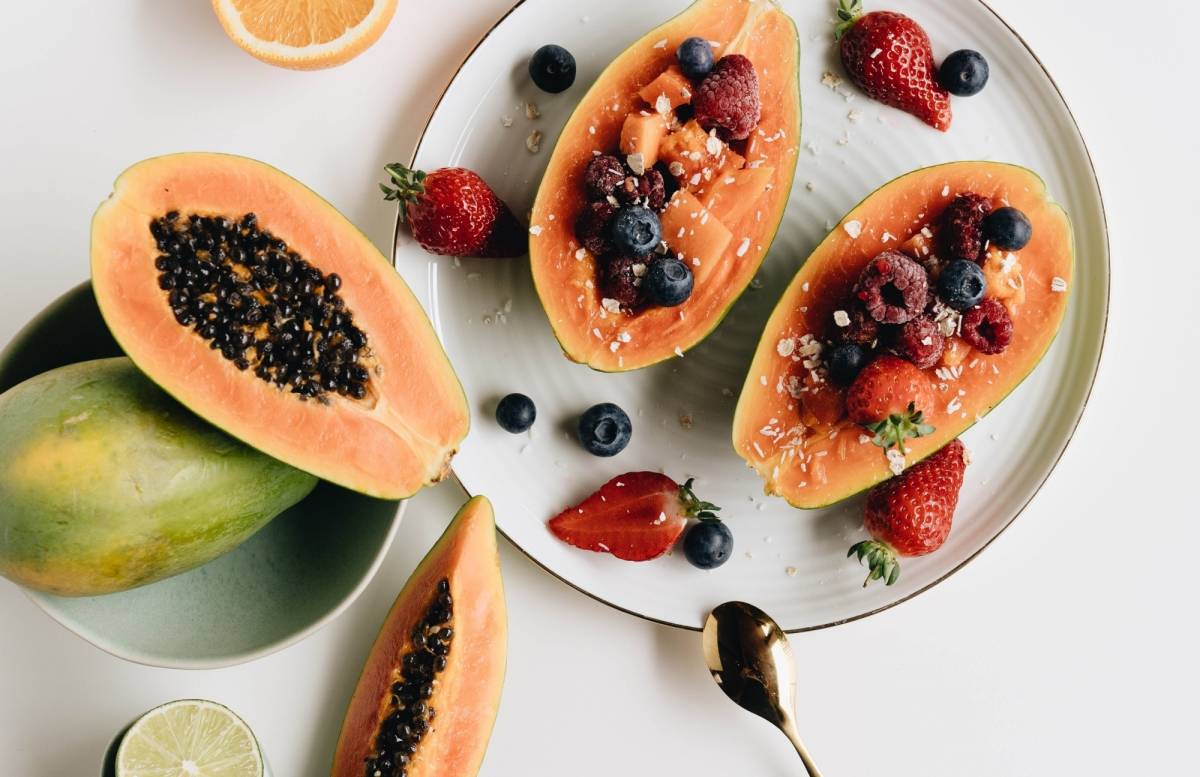Record your pulse rate before and after walking one mile; determine how long it takes you to walk or run a mile; know how many push-ups you can do; and measure your waist circumference and BMI…writes DR SIDDHANT BHARGAVA
One of the best things you can do for yourself is to start a fitness programme. When you transition from couches to crunches, you feel revitalised and exhilarated.
Physical activity improves brain health and lowers the risk of chronic diseases; it improves balance and coordination, strengthens bones and muscles, helps with weight management, and improves sleep quality and the ability to perform daily tasks.
Going straight for the bench press on day one will be contrary to your expectation of instant six-pack abs and may lead to an injury. If you are considering starting exercising but, don’t know where to begin, identify your level of fitness to know where to start and what to do at first.
Here’s a guide to help you start a routine and stick to it for the best results without straining yourself:

Identify your fitness level
First, determine your level of fitness. You should have a firm grasp on how to fit yourself. To track your progress, you must first assess and record your baseline fitness score to establish a baseline for yourself.
Record your pulse rate before and after walking one mile; determine how long it takes you to walk or run a mile; know how many push-ups you can do; and measure your waist circumference and BMI.
Before beginning an exercise routine, you should consult a fitness expert and have a physical medical examination. Identifying your fitness level is especially important for beginners who are new to strenuous physical activities because it can detect any health issues or conditions that may put you at risk.
Design your fitness program
Exercising every day needs a plan that includes attainable steps and goals. Create a balanced routine and start with easy steps to follow, and then you can continue to raise the bar as your fitness levels improve. For instance, if your goal is to do a 5-kilometre run, start by building a plan that includes shorter runs. Slowly as you will climb up the ladders, build activities into your daily routine, try high-interval intensity training and allow time for recovery.
Stick to it
Replacing unhealthy behaviour with new healthier habits is an excellent approach to achieving your fitness goals. Therefore, stick to your exercise routine. Develop a habit and do it regularly. Make a schedule and exercise at the same time every day. As per the experts, one should exercise at least 150 minutes per week. Start slowly and let your body rest from time to time and choose a time that works best for you.
Eat healthily and stay hydrated
Eat a healthy and balanced diet to boost your fitness programme. While carbs can fuel your muscles, replenish glycogen stores after exercise and assist with the absorption of amino acids into your muscles during recovery, proteins help improve muscle recovery, repair tissue damage and build muscle mass.
In addition to this, consuming healthy fats help burn body fat and preserve muscle fuel during workouts, making your energy last longer. It is equally important to stay hydrated throughout the day for optimal performance. It also helps you recover and gets you ready for your next training session.

Monitor your progress
Conduct a personal fitness assessment every two months. You will come to know about a lot of things such as the need to increase exercise time to continue improving, or maybe you will find that you’re exercising enough to meet your fitness goals.
Remember that starting an exercise is an important decision. It can change your life and provide you with a sense of fulfilment. By planning it carefully and slowly achieving all your fitness goals you can establish a healthy habit that will lead to a healthy body and mind.
ALSO READ-Inflammatory diet may lead to depression


